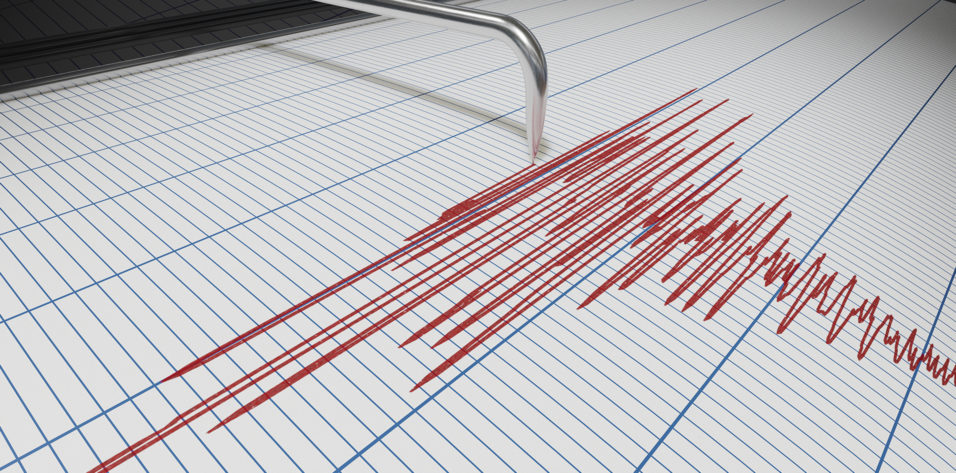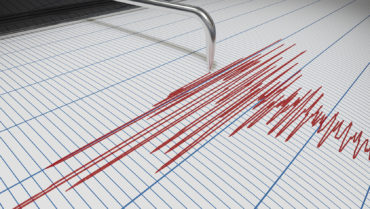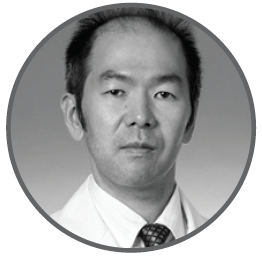
One cold March afternoon in 2011, I was looking at a patient’s eye through the operating microscope, when suddenly it moved away—just disappeared from view (Figure 1). I was in the middle of a routine cataract surgery on a 64-year-old gentleman, in the OR pictured at left. I could not focus on the patient’s eye; I had lost it. When I did manage to focus on the eye, amidst the shaking, it looked like the eye was twitching.
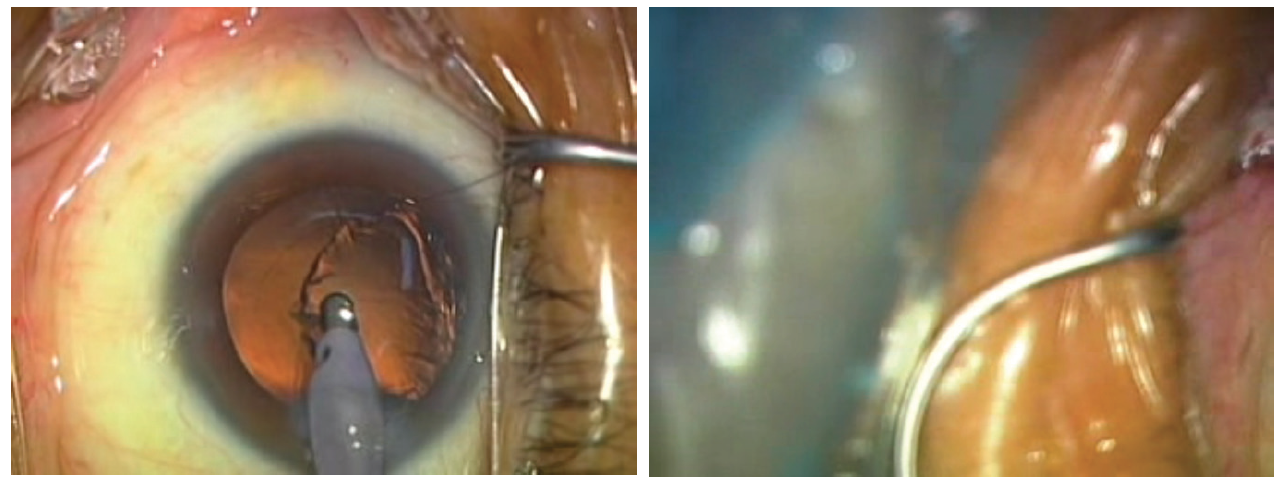
Figure 1. Intraoperative photos taken just as the earthquake hit (left) and immediately after (right). The patient’s eye suddenly moved away and disappeared from view through the microscope.
At first, I thought that the patient had moved on his own, but I soon realized that the microscope and the entire OR were violently shaking. It was then that I understood that we were in the midst of a powerful earthquake. Yes, this was the Fukushima earthquake, the strongest I and everyone else alive in Japan at that time had ever experienced. We Japanese are accustomed to earthquakes, but not of the magnitude of that historic and catastrophic event. What followed was a life-changing event for me, my staff, the patient on the table, and several others as well. Here is my story.
CRUCIAL MINUTES
When the earthquake struck, I quickly covered the patient’s eye with my hand to protect it from potentially damaging contact with the shaking microscope. Then I paused to assess the situation. Because I could not leave my patient in the OR, I asked the staff members present to check whether there were any injuries to other staff or to patients in the adjoining outpatient section and waiting room. They did so and ascertained there were no injuries, fortunately.
I instructed the staff to remain calm and to keep the OR doors open, to prevent us from being locked in. I was glad that no one in the clinic panicked, most especially the gentleman I was operating on. I opted to go ahead with the surgery, which was already in progress. As I proceeded, the earthquake’s shaking continued throughout the rest of the operation and intermittently all that afternoon.
When the earthquake struck—at 2:46 pm local time—I was performing the I/A portion of the cataract surgery. During the first of the major aftershocks, I was inserting the IOL (Figure 2). Under normal circumstances, these are simple procedures, but with the whole environment shaking, they become quite difficult. It was a tense and challenging time, from when the earthquake hit to the end of the operation. Surgery always requires concentration, but I had to exercise much more intense concentration than usual.
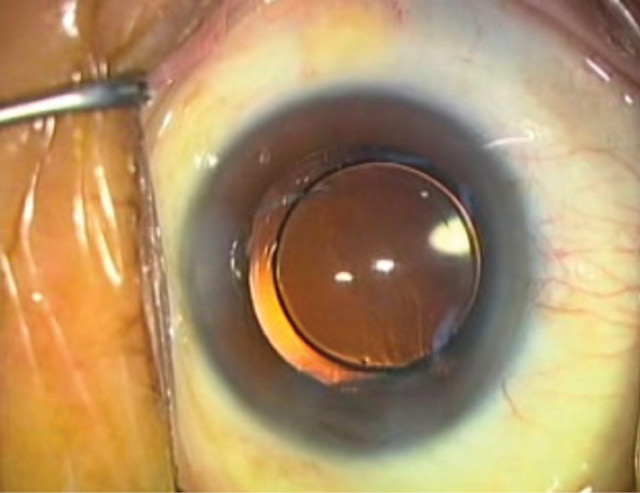
Figure 2. Photo taken toward the end of the operation, after the IOL was inserted; aftershocks were still occurring.
From the beginning of the surgery until when the earthquake hit, 5 minutes had passed in a normal manner, and things had gone smoothly. At that point, I would have expected to take just 3 minutes to finish, as my average time for cataract surgery is approximately 8 minutes. Because of the earthquake, however, the time for the operation was extended by 9 minutes, to a total of 17 minutes.
Those crucial 9 minutes became the most momentous of my life thus far. I had to finish the surgery as the shaking continued, but I also needed to pay attention to the entire situation. This included not only how the staff was coping with the events and how the patient I was operating on was holding up, but also the welfare of all the other patients gathered in my clinic. This was the harest thing I had ever done.
Just completing the operation at all was an occasion for great relief and even celebration. I was additionally pleased that the patient had no complications during or after the surgery. It was fortunate indeed that the patient remained completely cool and calm all through the operation, including earthquake and aftershocks. I especially want to express my appreciation and respect to him for that.
BUT THE LIST GOES ON
There were also three other surgeries already scheduled for later the same day. I felt it was my duty to complete them, no matter what, if the patients wanted me to do so. I went to the waiting room and spoke with the three patients and their families, asking whether they wanted to go ahead with their surgeries that afternoon; all of them said they did want to proceed. I was surprised that all three of them calmly and confidently confirmed that they definitely wished to have their surgeries as planned. During those patients’ operations, strong aftershocks continued to occur, but we had no problems or complications, and all three surgeries went well.
On the following day, all of the patients who had operations the day before came to my clinic for day 1 follow-up examinations. It was determined that the results of all the previous days’ surgeries—performed during the earthquake and aftershocks—were positive. It was heartening to hear the happy responses and words of appreciation from the patients and their families.
THE STRONGEST
As to the earthquake itself, its epicenter was 272 km (about 170 miles) northeast of my clinic, which is located just north of the Tokyo metropolitan area (Figure 3). It was the strongest earthquake in magnitude in all of Japanese history, and one of the three strongest earthquakes in all the world in recorded history. You may recall that there were many deaths and injuries, caused not only by the earthquake and aftershocks but also by a huge tsunami, and there was terrible damage and a meltdown at the Fukushima nuclear power plant complex.
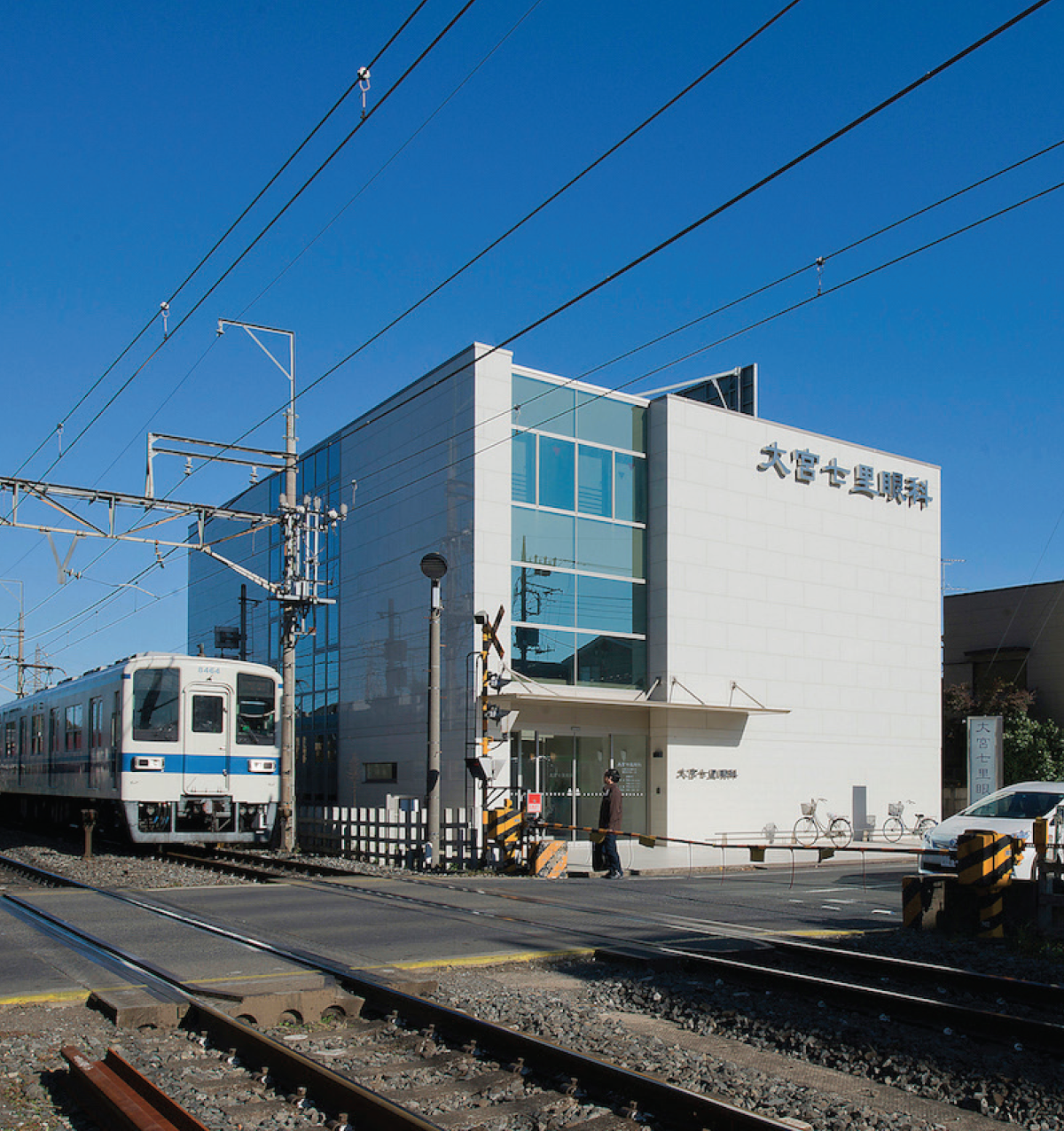
Figure 3. The Omiya Nanasato Eye Institute is located next to a train junction. When the earthquake hit, a train was stopped just at that point, and a loud alarm went off and continued for a long time.
The experience of completing several surgeries during a major earthquake and strong aftershocks certainly has been the most significant challenge in my work as an ophthalmic surgeon and, indeed, in my whole life. It was definitely a day to remember.
In retrospect, perhaps the most moving event for me that day was when my patients with later scheduled surgeries remained cool and confident, even as powerful aftershocks continued, and expressed their desire to go ahead with the operations planned for them that very afternoon. Their manifestations of trust in me as their doctor, even in such severe circumstances, moved me deeply.
prime importance
To this day, I am still pleased and appreciative of their positive attitudes and decisions; but most of all I appreciate that first patient, the gentleman who was so strong during the earthquake itself, at the most dangerous time. Taking into account everything that happened on that history-making day, it illustrates the prime importance of the doctor-patient relationship and the trust inherent in it.

